Early Verdict
The Samsung SM951-NVMe is available today from RamCity and currently costs less than the 950 Pro. We hope to see more separation in pricing, which would make the SM951-NVMe a better value. Right now, the prices are too similar to make us choose the SM951-NVMe over the 950 Pro, but that may change soon.
Pros
- +
The Samsung SM951-NVMe should sell for less than the 950 Pro as resellers try to reduce inventory
Cons
- -
The SM951-NVMe has a shorter warranty period and a lower TBW rating than the 950 Pro
Why you can trust Tom's Hardware
Specifications, Pricing, Warranty And Accessories
Samsung's retail 950 Pro NVMe SSD took some of the excitement away from the company's OEM NVMe market entry. First announced in mid-2014, the SM951-NVMe left many enthusiasts patiently waiting. To help appease high-end storage customers, Samsung released an AHCI-attached version of the SM951. The interim model primed the market for PCIe-based M.2 storage and collected several design wins from system integrators (OEMs).
Now, with two powerful NVMe-based M.2 SSDs shipping simultaneously, we want to know which one is better. RamCity sent us two SM951-NVMe drives and gave us the idea to run a full RAID report covering all three Samsung PCIe SSDs for the M.2 form factor.
This may be one of the last RAID report articles I write about client-based hardware. New enterprise strategies like object storage and software-defined storage allow for array-like systems without the added expense of dedicated hardware. Intel added support for RAID 0, 1, 5 and 10 in the Z170 PCH, but its performance benefits are really most apparent with SATA-based drives. The NVMe protocol, with its ultra-low access times and >2 GB/s sequential performance in a single SSD, enables performance in excess of what you'd get from a typical RAID array, without the additional configuration requirements.
Specifications
All three models we're testing employ the same Samsung triple-core UBX processor with a four-lane PCIe 3.0 interface. The ARM-based UBX has proven to be robust, supporting DDR2 and DDR3 memory, along with Samsung's 2D planar and 3D V-NAND flash. The SM951 drives use low-power DDR2 buffers with 1xnm 2D planar NAND. The retail 950 Pro uses low-power DDR3 paired with 3D V-NAND.
The SM951-AHCI is at a disadvantage due to its interface, which was designed for legacy storage. The two NVMe models, SM951-NVMe and 950 Pro, remove that bottleneck and allow the drives to perform at higher levels. Surprisingly, the 2D and 3D flash technologies deliver nearly identical performance. 3D flash facilitates higher sequential read speed, while the 2D planar flash achieves slightly better sequential writes. Random read and write performance is identical between the NVMe-attached drives; that's also where the AHCI model suffers most.
The SM951 drives do not work with Samsung's Magician software, unfortunately. Also, the 950 Pro does not support Rapid Mode, a DRAM-based caching mechanism used to increase performance and reduce wear on the NAND.
Pricing And Warranty
Samsung's SM951s are sold to system integrators and OEM builders. You have to find them on the gray market. RamCity currently has the SM951-NVMe 512GB available on Amazon for $345. That price is slightly lower than the retail Samsung 950 Pro. It also has the SM951-AHCI 512GB available for $337.
Get Tom's Hardware's best news and in-depth reviews, straight to your inbox.
The SM951 drives sold by RamCity do include three-year warranties. Note, though, that gray market products aren't guaranteed by Samsung. All claims have to go through the vendor.
A Closer Look
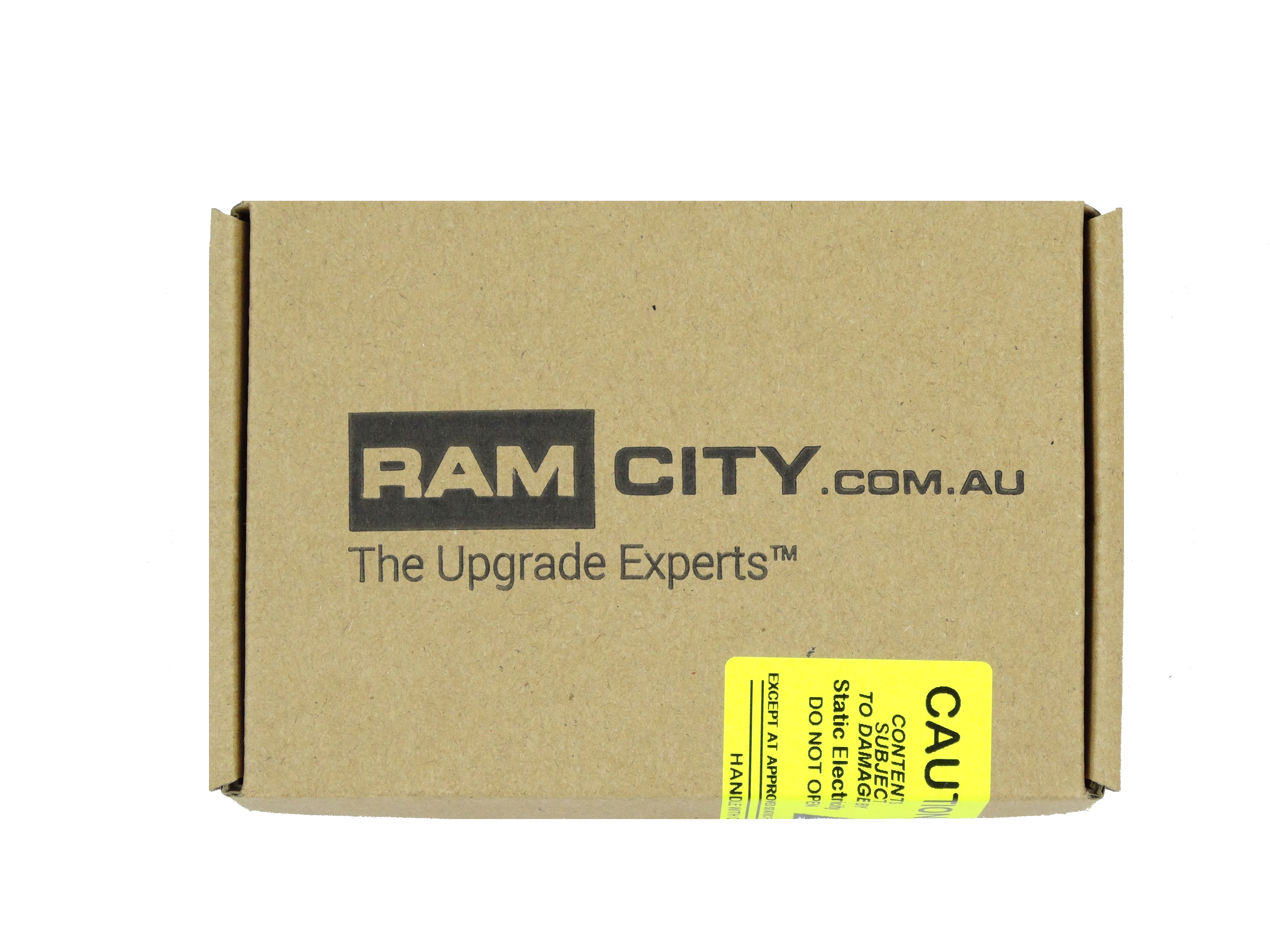
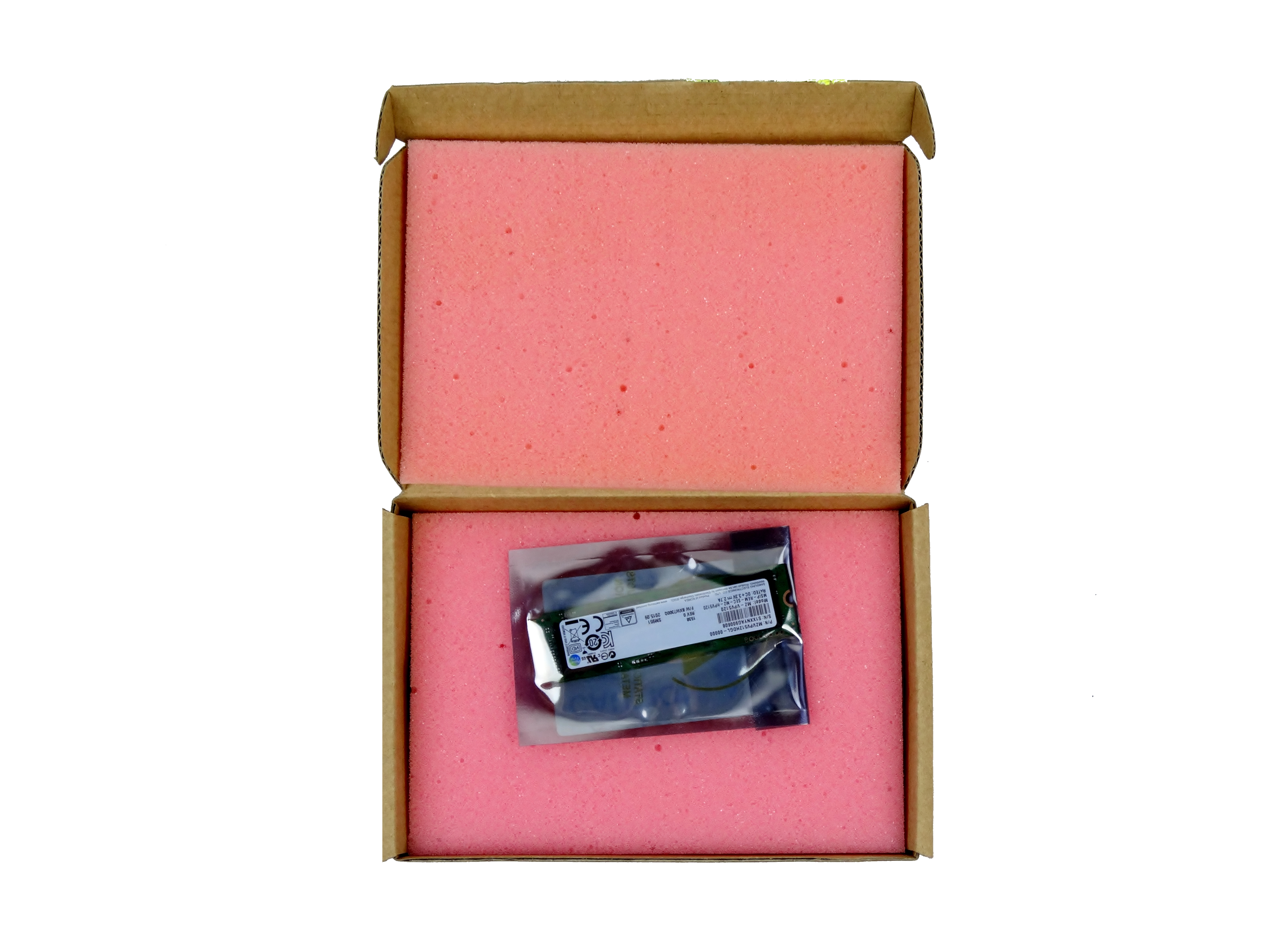
RamCity ships in a branded package inside a bubble bag. Our drives came from Australia and arrived within three to four days. Amazon shipments could arrive sooner, depending on your location. Since our drives are samples, it was easier to send them out directly.
The drives arrived in a foam-lined box with adequate protection for an SSD.
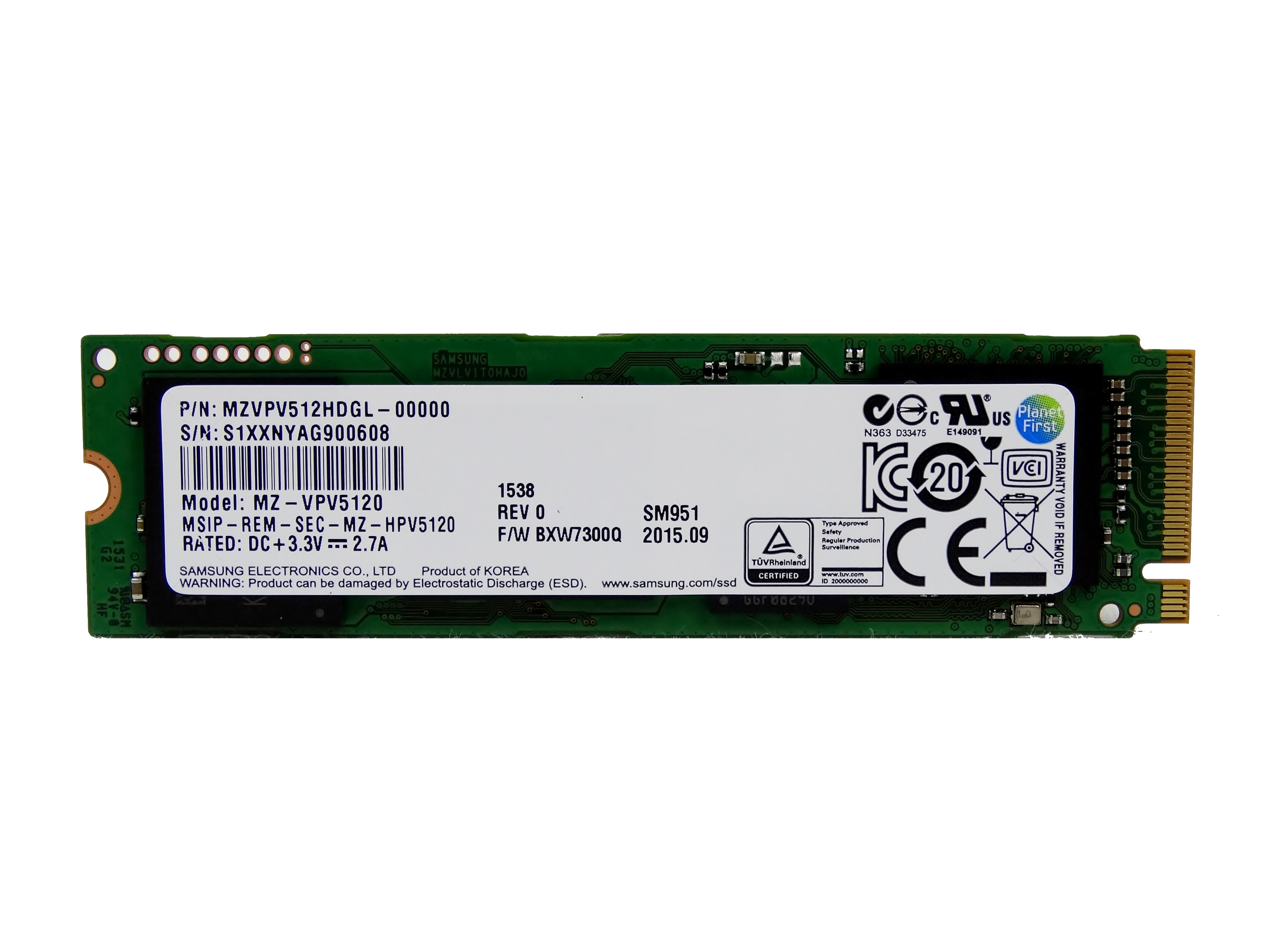

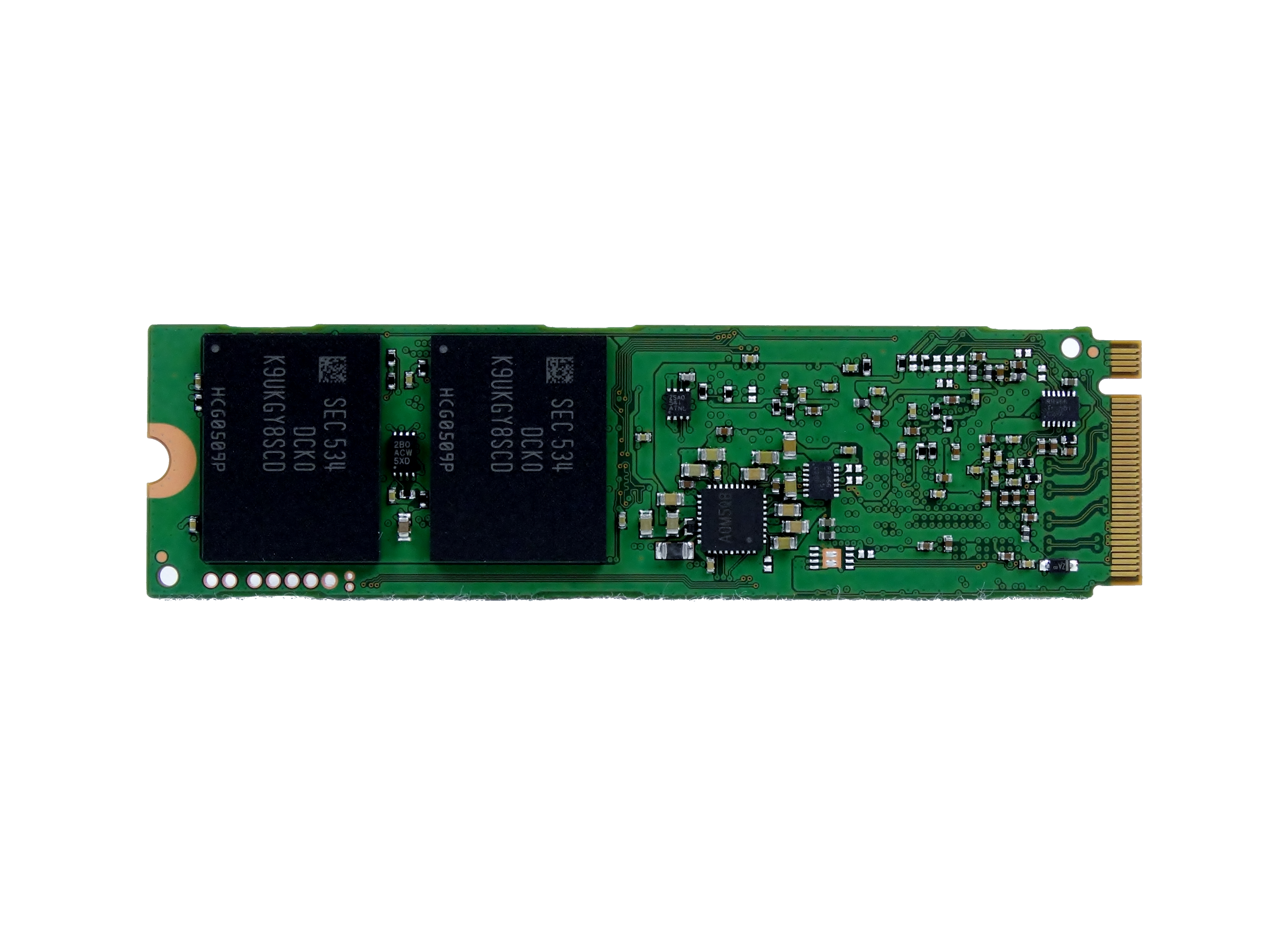
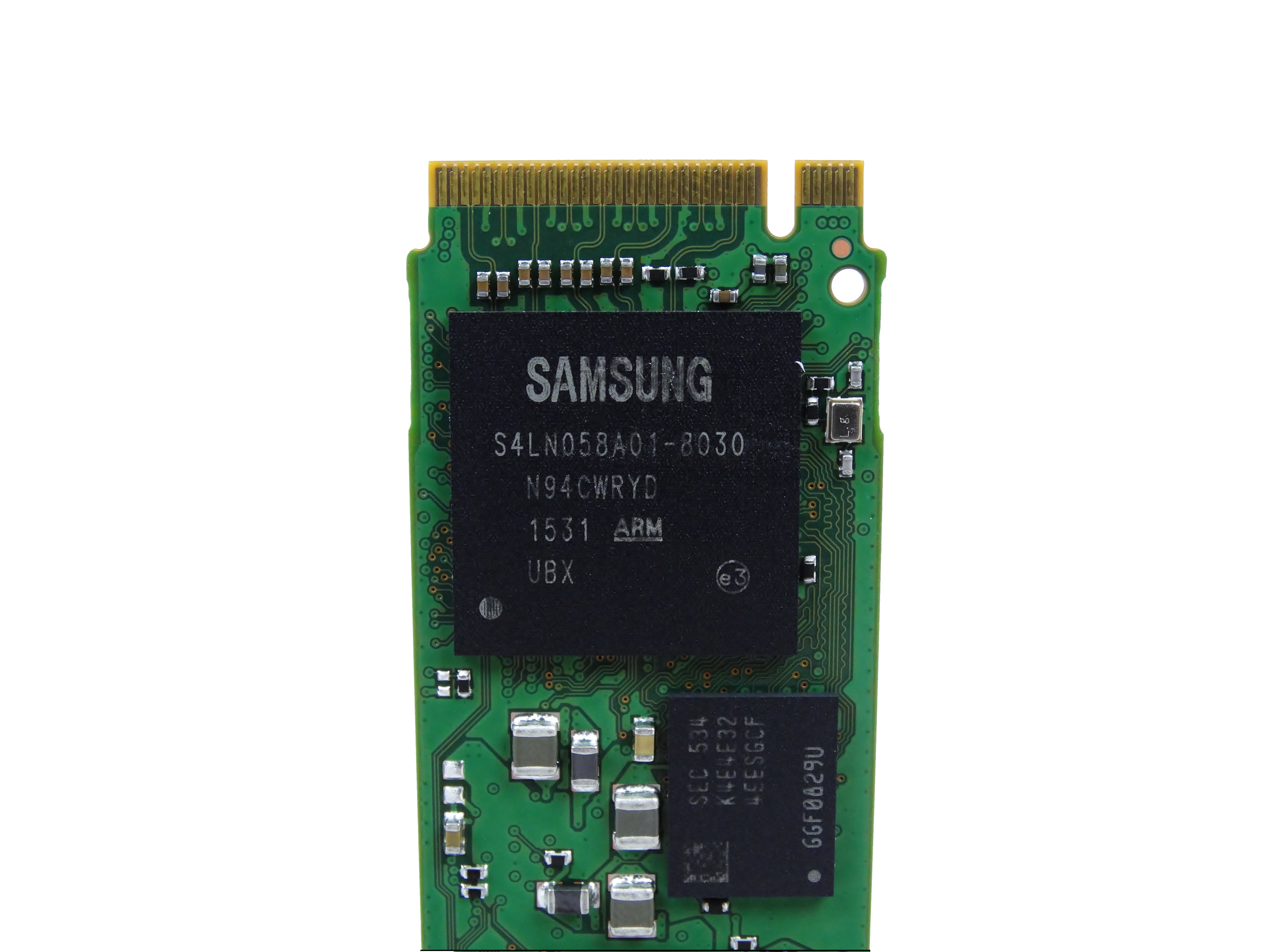

The SM951-NVMe fits components on both sides of the printed circuit board. The M.2 specifications allow for both single- and double-sided layouts, though some notebooks require a single-sided configuration. We have yet to run into a desktop motherboard that limits you to one or the other.
MORE: Best SSDs For The Money
MORE: Latest Storage News
MORE: Storage in the Forums
Current page: Specifications, Pricing, Warranty And Accessories
Next Page Performance Testing
Chris Ramseyer was a senior contributing editor for Tom's Hardware. He tested and reviewed consumer storage.
-
CaedenV Conclusion: Putting this in your gaming PC is a waste of money... but having this RAID setup in a WSUS or SQL Server for a school or medium sized business would make things fly at unbelievable speeds!Reply
Man I can't wait to have NVMe capabilities, but the real world performance advantage is not that great compared to my current setup. Hopefully in a few years when truly fast DDR4 gets cheap, and we have truly 4K capable single-GPU solutions that don't cost $500+ then it will be time to do a massive overhaul. -
abbadon_34 ReplyConclusion: Putting this in your gaming PC is a waste of money... but having this RAID setup in a WSUS or SQL Server for a school or medium sized business would make things fly at unbelievable speeds!
Man I can't wait to have NVMe capabilities, but the real world performance advantage is not that great compared to my current setup. Hopefully in a few years when truly fast DDR4 gets cheap, and we have truly 4K capable single-GPU solutions that don't cost $500+ then it will be time to do a massive overhaul.
/me drools at the thought -
Non-Euclidean So I wasted my money. Sue me.Reply
What I want to know is did Samsung finally manage to put the label on right side up? From the second page of the article it looks like they did. About time.
The Random Steady State graph is mislabeled. It should be "This is your brain on NVMe"
And the conclusion is a bit off also. The 950 Pro is going for 326 at NewEgg and has been in that ballpark for a while. -
xenol ReplyConclusion: Putting this in your gaming PC is a waste of money... but having this RAID setup in a WSUS or SQL Server for a school or medium sized business would make things fly at unbelievable speeds!
Unless those inquiries are huge, I'm not even sure about that. The AHCI access time isn't too far off from NVMe in RAID.
Man I can't wait to have NVMe capabilities, but the real world performance advantage is not that great compared to my current setup. Hopefully in a few years when truly fast DDR4 gets cheap, and we have truly 4K capable single-GPU solutions that don't cost $500+ then it will be time to do a massive overhaul.
Access time is what kills these kinds of things. -
2Be_or_Not2Be RAID-5 isn't the only path to fault tolerance; RAID-1 (simple mirroring) also gives you fault-tolerance with only two drives. Of course, capacity is only the size of 1 drive.Reply
It can give you a bit higher read performance, too, though mainly at higher queue depths. -
dgingeri How is the SM951 a better deal? On Amazon, the SM951 is $10-25 more expensive, depending on capacity. I don't see how this is "better value."Reply -
CRamseyer At the time of writing the SM951-NVMe 512GB was lower than the 950 Pro. I still show the 512GB model with a lower price but the gap is much less now.Reply -
dgingeri I'm showing the 512GB 950 pro at $327 on Amazon as the lowest price I could find. I found the 512GB SM951 for $325. That's not much discount considering the warranty coverage and durability.Reply

